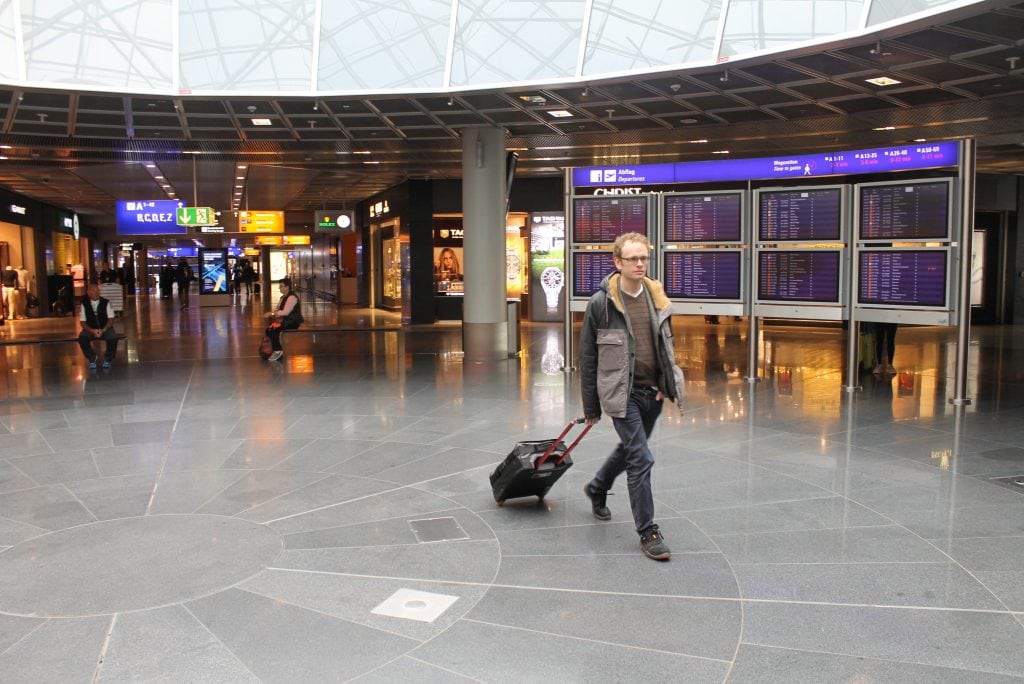Major U.S. destinations still count more fanny packs and selfie sticks than brief cases and note pads among their visitors, but international business travel to the U.S. grew more than leisure travel in 2015.
The U.S. National Travel and Tourism Office found business travel from top overseas markets to the U.S. grew by 15 percent year-over-year and leisure travel from the same markets grew by nine percent. Business travel arrivals growth from Ireland, the Netherlands, Australia and Italy were strongest and grew between 30 to 40 percent over 2014.
Business travel growth was markedly stronger from markets like France, Germany, Japan, and Australia where business travel was more than 15 percentage points higher than leisure travel growth. Brazil, the third largest overseas leisure market for the U.S., is the only notable exception with both its leisure and business travel arrivals decreasing two and four percent year-over-year, respectively.
It was the other way around for China, India and South Korea which saw more growth with their leisure travel arrivals (see chart below). Mainland China, for example, saw its leisure travel arrivals grow 21 percent year-over-year while its business travel grew about eight percent. Chinese leisure travelers are also projected to be the U.S.’ largest overseas visitor market by 2020 and is one of the overall fastest-growing inbound markets to the U.S.
Jeanne Liu, the Global Business Travel Association’s vice president for research, said she isn’t surprised Chinese business travel to the U.S. wasn’t as robust, “There are a number of reasons for this. The economy in China is moderating, the strong U.S. dollar makes it more expensive to travel to the U.S. and the commodities market is softening meaning less exports from China to the U.S. which equals less trade. All of these could be contributing factors for Chinese business travelers to be coming to the U.S. less.
The U.S. Travel Association said this week that U.S. domestic business travel increased year-over-year in June but will likely show weakness for the rest of 2016, primarily due to economic uncertainty.
Top Overseas Markets for the U.S. For Business and Leisure Travel in 2015
| Country of Residence | Percent Change Leisure Travelers | Leisure Travel Arrivals Rank | Percent Change Business Travelers | Total Arrivals |
|---|---|---|---|---|
| United Kingdom | 17% | 1 | 23% | 4.9M |
| Japan | 2% | 2 | 19% | 3.7M |
| Brazil | -2% | 3 | -4% | 2.2M |
| Mainland China | 21% | 4 | 8% | 2.5M |
| Germany | 7% | 5 | 26% | 2.2M |
| South Korea | 25% | 6 | 5% | 1.7M |
| France | 3% | 7 | 23% | 1.7M |
| Australia | 9% | 8 | 30% | 1.4M |
| Italy | 4% | 9 | 29% | 1.03M |
| Colombia | -4% | 10 | -3% | 853K |
| India | 16% | 11 | 9% | 1.1M |
| Argentina | 17% | 12 | 1% | 791K |
| Spain | 5% | 13 | 13% | 752K |
| Venezuela | -3% | 14 | -15% | 590K |
| Netherlands | 8% | 15 | 30% | 726K |
| Sweden | 5% | 16 | 17% | 586K |
| Switzerland | 6% | 17 | 15% | 536K |
| Ireland | 8% | 18 | 39% | 450K |
| Ecuador | 12% | 19 | -6% | 372K |
| Taiwan | 6% | 20 | 9% | 440K |
| Total Overseas | 9% | n/a | 15% | 38.3M |
Source: U.S. Department of Commerce, International Trade Administration and National Travel and Tourism Office
Subscribe to Skift Pro to get unlimited access to stories like these
{{monthly_count}} of {{monthly_limit}} Free Stories Read
Subscribe NowAlready a member? Sign in here
Subscribe to Skift Pro to get unlimited access to stories like these
Your story count resets on {{monthly_reset}}
Already a member? Sign in here
Subscribe to Skift Pro to get unlimited access to stories like these
Already a member? Sign in here
